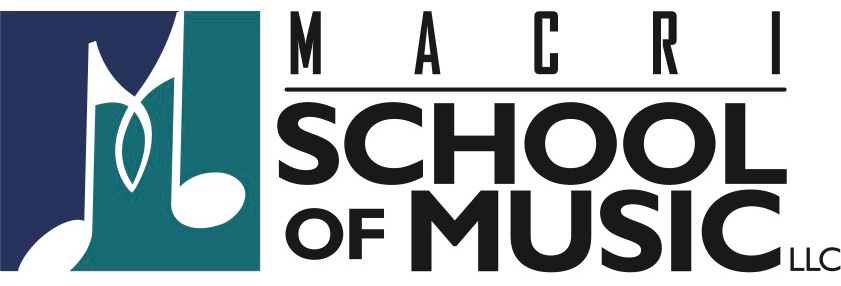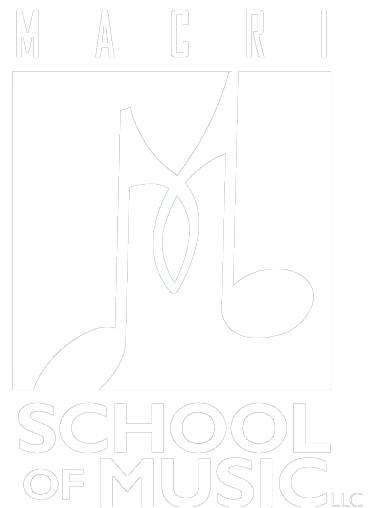Blog
Essential Jazz Guitar Chords For Beginners
Many jazz chord books that line your local music shop walls will claim to teach a wide variety of chords; within their pages you’ll find nothing but confusing and useless chords whose sole purpose is to fill the book with seemingly useful information. Today I’m going to teach you five forms that will build the foundation to your jazz chord vocabulary. Each form will contain [...]
Practicing Major Scales
So you’ve learned the major scales by running up and down each position to develop your technique but what can you do to help your improvisational skills? Music doesn’t always begin on the root of each chord, so a better method of practicing the major scale positions is by going up one mode and down the other. The first figure is position one of [...]
Understanding Modes
Understanding the concept of modes is confusing to many musicians. Let’s try to simplify this seemingly complex subject for those of you just delving into this area. A mode is formed by taking a scale (such as the C major scale) and instead of beginning on the note C, you start from any other note in the scale and play up to that same [...]
Blues Turnarounds
One element that all blues progressions have in common is the turnaround. The turnaround is the last two bars of the progression, where the tune gets ready to “turnaround” and go back to the beginning. Lets set the framework with Figure A, a 12-bar blues in the key of A with a common turnaround. What makes the turnaround especially challenging is that the player must compose a [...]
The I-vi-ii-V Progression
The I-vi-ii-V is an important chord progression that forms the basis of many great songs. The chords are built from the first, sixth, second and fifth notes of a major scale. From the C major chord scale, comes the I-vi-ii-V progression. A very useful type of chord substitution is to replace the I chord(Cmaj7) with the iii chord (Emi7). Replacing the I chord with [...]
The 5 Blues Scale Positions
The blues scale is one of the most commonly used scales in soloing and essential for a guitarists vocabulary. This scale is derived from the minor pentatonic with the addition of the b5. This note gives a bluesy feel and is the only difference between the two scales. Pentatonic Minor Scale 1 b3 4 5 b7 Blues Scale 1 b3 [...]
Major Scale Positions
The major scale is one of the most important scales that a player first learns on guitar, because it’s one of the most commonly referenced in music. The major scale is a series of seven different notes identified by their fixed arrangements of intervals. The eighth note has the same letter name as the first, and is considered an octave higher. For example, in the key of [...]
Variations Of The 12-Bar Blues
The 12-bar blues, using all dominant seventh chords, is the most common form of the blues progression. It’s 12 measures long and uses the first, fourth and fifth chords of a key. The chords are usually indicated with Roman numerals (I-IV-V) and can be found by counting up the major scale. For example, in the key of A: A B C# D E F# [...]
How To Play Happy Birthday (Arranged For Solo Guitar)
Everybody has sung Happy Birthday at some point in their lives, or pretended to! I imagine there have been scenarios where family or friends have requested you to play it on the guitar. You could strum and sing, but for some people that isn’t an option. A good thing to have is a solo version of the song that you can use in a [...]
Shred Guitar
Years ago back in the days of cowboy slinging guitarists, I, like most other players of the time went out to become a fast efficient guitarist. Players with amazing technical abilities were abundant, Yngwie Malmsteen, Steve Vai, Joe Satriani and Paul Gilbert to name a few lead the pack for the rest of us to aspire to. No matter how many hours I spent practicing my scales, [...]
Our Reviews








